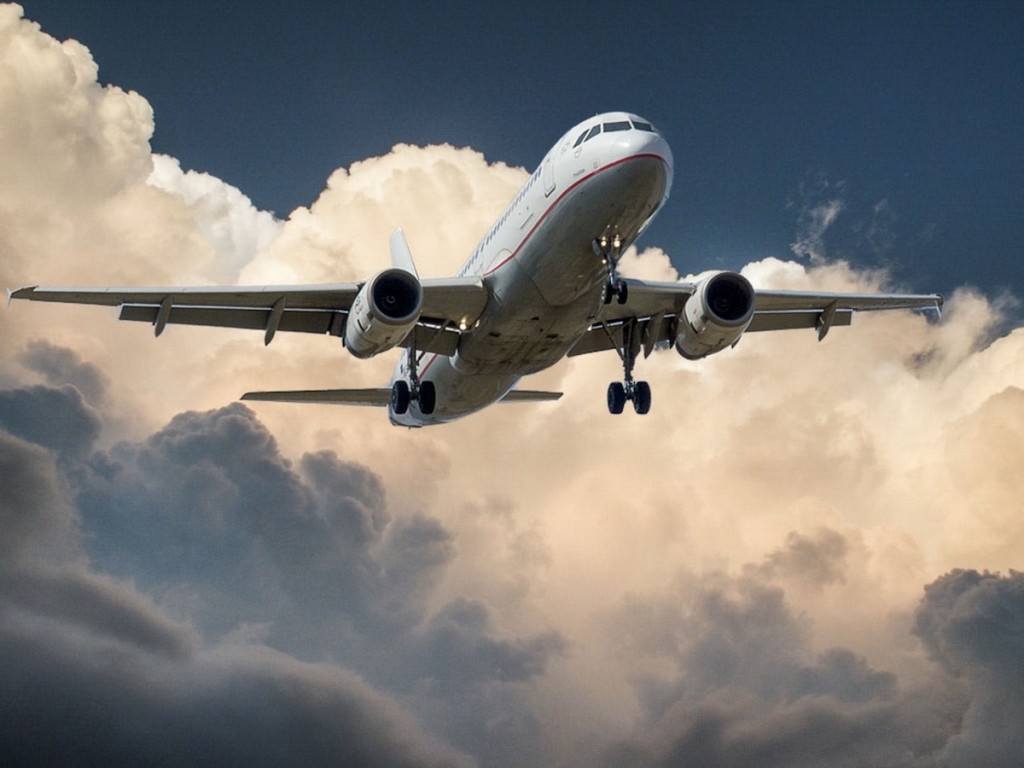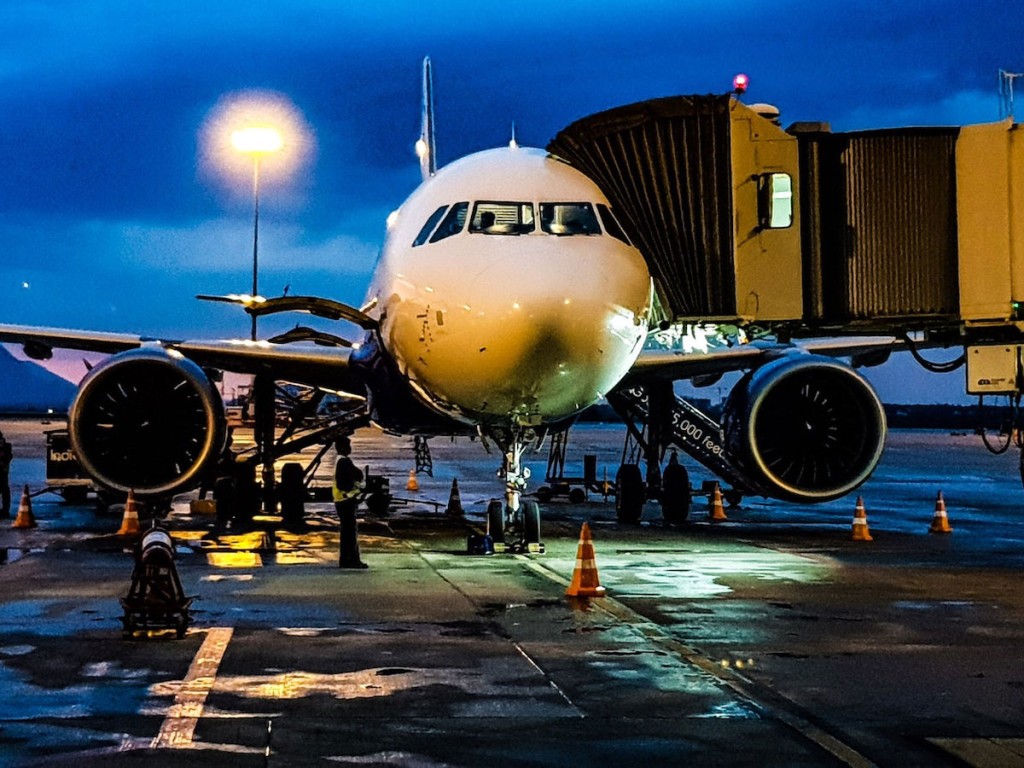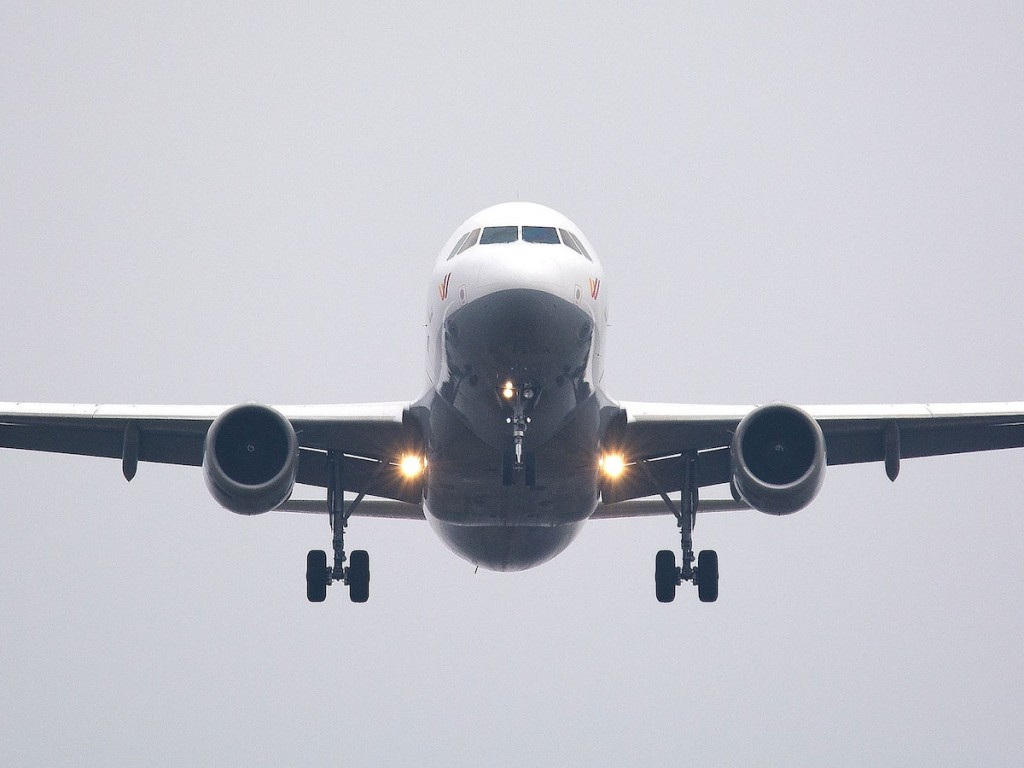Trends that are reshaping the future of air freight
Mar 02, 2022
Air freight, since its beginning, has served as a vital piece of global supply chains, even if it is generally smaller than land and ocean freight. In today’s world, gobal supply chains have begun to transform, mainly due to the effects of the Covid-19 pandemic. After all is said and done, the industry is going to look much different than it did before the pandemic. Going into the future, air freight is shaping up to hold a much larger position in the overall mix of cargo transportation. As such, we have put together a list of trends that are reshaping the future of air freight. We hope you find it informative.
E-commerce
A trend which was sparked by the pandemic, e-commerce is an irreversible and very quickly growing trend. The e-commerce trend brings both convenience and speed for consumers. They can get their products in a day or two, or even overnight. Not to mention that they can shop without even leaving their home, as well as any time of day. As a result of this, traditional means of delivery had been completely overwhelmed. According to the IATA (International Air Transport Association) cargo demands in 2021 exceeded that of 2020, and this is continuing into 2022, as this demand stimulated by e-commerce is continuing to grow. This is one of the logistics challenges in a post Covid-19 business environment, and it will shape the future of air freight moving forward. However, it is generally considered that this benefits air carriers and shipper as well as customers.

Scarce air cargo capacity
Ever since the onset of the pandemic, low air cargo capacity has been noticeable. Because land and ocean cargo capacity were overwhelmed, the demand spilled over to air cargo. A big part of this is the change in consumer shopping habits. In addition to this, manufacturing has been at an all-time high. The PMI (purchasing manager’s index) showed an obvious growth trend, and the economic growth resulting from this is still going. For consumers, however, this also indicated a time when air freight became more expensive, and it is still important to manage the expenses on time when calculating air freight. All of this put together has led to the retrofitting and manufacturing of more cargo planes to meet the demand for air freight. For example, Boeing started to convert their passenger planes into cargo jets. All of this points to e-commerce and general economic recovery being long lasting trends.
Supply chain diversification
As the economy recovers, supply chain is something we are already seeing a lot activity related to the diversification of supply chains. Around the world, companies are starting to rely more and more on air freight to distribute their goods. We are already seeing the beginnings of regional air cargo taking hold as an established mode of shipping. However, as a just in case, companies should still familiarize themselves with freight forwarding. The mid and short term have already shaped up with air cargo as a key mode of cargo transportation. And with the rise of e-commerce, and its seemingly unending growth, the long term for is looking very good with potential prospects increasing. From all of this, we can conclude that supply chain diversification is growing trend which will be important going forward. As gradual as its growth may be, the trend is already well established across the world.

Rising shipping rates
Ever since the beginning of the pandemic, shipping rates have been very unstable. And it isn’t looking like they are going to drop anytime soon, since as long as there is less cargo space than demand for it shipping rates will continue to rise. As such, experts from Four Winds KSA recommend carefully considering the current shipping rates if you plan to ship something in today’s world. Around the world, planes are being both retrofitted and make in order to fill the demand for air freight. However, this takes a lot of time and resources. With that in mind, we need to accept the fact that stable rates remain elusive for the time being. Truth be told, no one can tell when rates are going to stabilize again. But everyone agrees that rate volatility is going to be a persistent problem, at the very least for the foreseeable future.
Air freight as an omnichannel
Mainly as a result of customer demand, there are opportunities for air freight to become an omnichannel strategy. Airlines are being forced to look beyond traditional airport-to-airport services, and are considering opportunities in the providing of end-to-end services. This has powerful implications for global logistics in 2022. The beginnings of this trend can be seen in Europe, where Swiss World Cargo has partnered with the Swiss Postal Service in order to optimize delivery. In the U.S. Amazon has expanded its Amazon Air Services in order to ensure a seamless end-to-end service. This trend has started to take root in the world, and it has opened up a lot of opportunities. Partnerships between shippers and airlines have already formed, and the opportunities are only growing. Air freight has real potential to become an omnichannel strategy, which will help moderate rates and ease competition for the limited air cargo capacity.

Trends That Are Reshaping the Future of Air Freight – closing thoughts
As the supply chain industry continues to evolve, air freight is become more and more important. The trends which started in the pandemic have the potential to reshape the cargo industry entirely, with air freight at the center. Of course, certain trends will take effect before others, but it is undeniable that all of the will have lasting effects after everything is said and done. We hope you found this list of trends that are reshaping the future of air freight helpful, and we wish you luck going forward.
Similar Stories

Inauguration of the Fly’in technology center: Daher paves the way for the future of decarbonized aviation
View ArticleHorizon Aircraft signs Letter of Intent with Discovery Air Chile Ltda., expanding global presence of Cavorite X7 Hybrid eVTOLs
New Horizon Aircraft Ltd. (NASDAQ: HOVR), doing business as Horizon Aircraft (“Horizon Aircraft” or the “Company”), a leading hybrid electric Vertical Take-Off and Landing (“eVTOL”) aircraft developer, announced today it…
View Article
WorldACD Weekly Air Cargo Trends (week 1) - 2025
View Article
Lufthansa Cargo exhibiting at Fruit Logistica 2025
View Article
A flying start to 2025 but after 14 months of double-digit demand growth, air cargo stakeholders remain cautious
View ArticlePharma.Aero expands global network with six key new members
CEVA Logistics, Skandi Network, SCL Cold Chain, Shipex NV, Pharming Group, and ARTBIO join the life sciences logistics collaborative platform
View ArticleGet the most up-to-date trending news!
SubscribeIndustry updates and weekly newsletter direct to your inbox!





